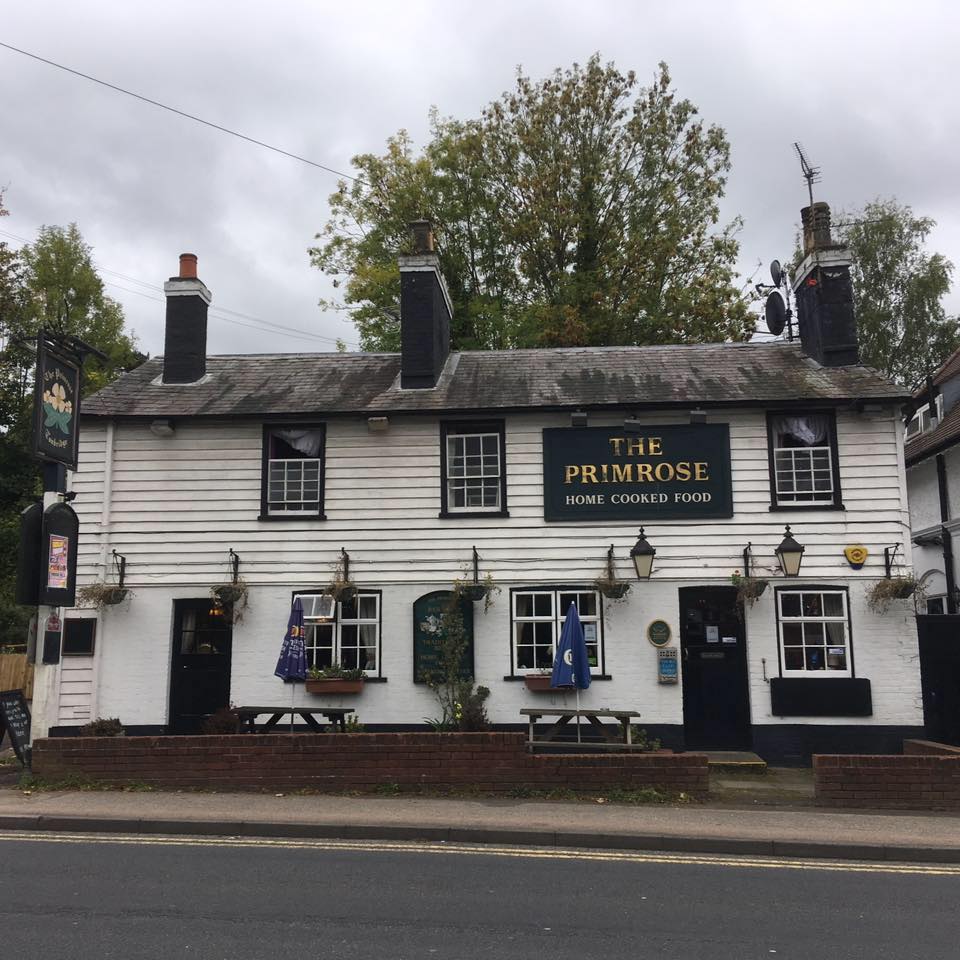The public house on Pembury Road, which is 200 years old and features traditional white Kentish weatherboarding, will make way for new housing.
The pub closed last summer because of declining trade and Tonbridge & Malling Borough Council’s [TMBC] Area 1 planning committee approved the demolition in January, causing a public outcry.
The decision was made despite the fact that the building, which dates from 1820, was included in the council’s own Character Assessment of the town – though it was not protected by listed status.
The Civic Society’s chair Diane Huntingford wrote to TMBC’s Leader Nicholas Heslop, saying: “We were very struck by how little room for manoeuvre the planning committee had.
“We were also struck by how little weight the committee appeared to give to conservation and townscape objectives in reaching its decision.
‘We think that these issues are symptomatic of a longstanding problem, namely that conservation is given too low a priority by the council’
“We think that these issues are symptomatic of a longstanding problem, namely that conservation is given too low a priority by the council.”
The Civic Society has submitted a list of recommendations which it says would allow the council to be more flexible in the face of central government’s demands to build new housing.
TMBC submitted its draft Local Plan in January, detailing the construction of new housing until 2031. The Planning Inspectorate is expected to begin hearings this month (see page 4).
The Civic Society has said the Local Plan is ‘weak’ and ‘has virtually nothing to say about conservation of the townscape and historic buildings’.
It says: “It is not too late to remedy this defect: you could bring forward suitable policies at the inquiry stage.”
It also calls on the council to identify buildings other than those which are already ‘listed’.
“Tonbridge and Malling is in a small minority of English councils not to have done this,” said Mrs Huntingford. “The Civic Society has repeatedly raised this point over many years and even put together its own list for Tonbridge, which was given to the council more than 10 years ago. Nothing has happened.”
The society has called for more Conservation Areas in the southern part of the town.
While the north of Tonbridge is largely covered, in the south there are only two small areas, at Haysden Country Park and parts of Brook Street and Quarry Hill. By contrast, the entire centre of Tunbridge Wells is in a Conservation Area.
The society said: “The historic core and the area to its north is well protected by such areas but south of the railway there is only the minimal Brook Street and Quarry Hill Conservation Area.
‘Some of the new developments and public realm enhancements, such as the Town Lock and River Walk, have improved the local amenity and character of the town’
“Much of Pembury Road – lined with mid-Victorian villas – would be well worth designating and so would some of the adjacent streets which are full of good late 19th century housing.”
But Mrs Huntingford admits that Conservation Area status ‘is not in itself enough to protect the townscape’ and calls on the council to ‘give adequate weight’ to the issue when considering development proposals.
Cllr Heslop responded by highlighting improvements made to sites such as the Town Lock.
“The borough council takes the conservation of heritage assets, local amenity and character very seriously in determining proposals,” he said.
“In fact some of the new developments and public realm enhancements, such as the Town Lock and River Walk, have improved the local amenity and character of the town and complement its existing character.
“In the draft Local Plan, there are other policies that address conservation at the local level. For example Policy LP14 requires development proposals to protect the local distinctiveness of the area.
“The last review of Conservation Areas was carried out in 2008-09 and very little has changed to warrant a further review at this time.
He added: “Having a local list, as suggested, does not provide the protection for non-statutory listed buildings that the Society is seeking.
“Local listings carry limited weight in planning decisions and can detract from the importance attributed to statutory listings.”
Civic society’s protection list
Here’s the list of buildings the society sent to the council 10 years ago:
Bank Street: Former Corn Exchange, Drill Hall, Independent Chapel (1799)
Bordyke: No 5 (Humphry Davy’s laboratory, c1800), Dyke Cottages (mid-1800s)
Castle Street: Nos 5, 5A, 11 (18th Century, warehouse (back of 148 High Street, 19C)
East Street: Nos 19 (17C), 23 (Lyons, late 18C)
High Street: Nos 113 (early 18C), 135 and 137 (c1830), 141 and 143 (early 19C)
Higham Lane: Grange Farm House (17C), oasts nearby (mid-19C)
Landsdowne Road: School House Cottages, Tonbridge School (stables, early 19C)
Pembury Road: Petley Court Almshouses (19C), former Kent Music School/Deacon’s School Office (1861), Concert Hall (1871)
Portman Park: No 1 (The Cottage, 18C)
Shipbourne Road: Starvecrow House (17C)
Uridge Road: Nos 8, 10, 12 (early 19C)
Vauxhall Lane: Bourne Hill Farmhouse (17C), Streamlands (18C)








